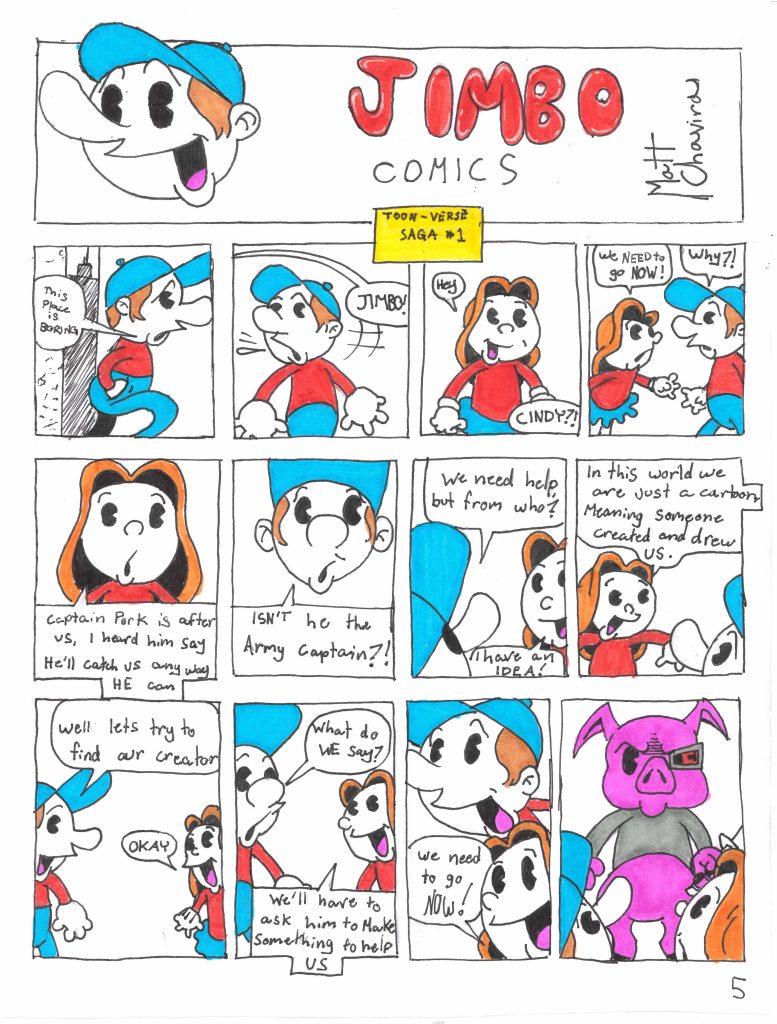‘Immigrant’: The youth behind the label
What do you think of when you hear the word immigrant? Do you think of a grown adult? A little kid? Well you would be surprised when I say that there’s immigrants attending Urbana High School.
18 year old freshman Kevin Reynoso immigrated to the US 8 months ago. He immigrated from his home town in Guatemala and reached the U.S border by foot. His journey took 11 days since he would take a bus whenever he was tired from walking. His older siblings picked him up from the border and brought him to Urbana.
“Yo inmigre a este pais para tener una mejor vida. No tenía las mismas oportunidades qué en Guatemala,” he said.
What Reynoso is saying is that he immigrated to the U.S because he didn’t have the same opportunities that he had in Guatemala. One of these opportunities is education.
This is often a situation that Latin American youth face in their home country since the education system often requires them to pay for their education. Most of the time they can’t pay due to their families economic status. In Guatemala, 2.3 million people do not know how to read or write.
19 year old senior Van Voung also immigrated to the US for a better education.
“I like school because it’s very good and high quality. School in Vietnam is very hard,” she said.
Approximately 95 percent of the population in Vietnam is able to read and write. Even though Vietnam has one of the highest adult literacy rates in the Asian Pacific, the classes are harder. Van used to study hours a day after school since the teachers were more demanding of their students’ work.
Even though both students are from opposite sides of the world, their struggles are similar: discrimination and the language barrier. They often face discrimination just because of the way they look and by the language they speak. When I asked them if they had ever been discriminated against this is what they said:
“When people look into my eyes, they think I’m Chinese,” said Voung.
“Me dijeron estupido Guatemala” (“they called me stupid Guatemala”) responded Reynoso.
The language barrier is another major struggle that they have in common. They are both in ESL (English as a second language) classes which helps them understand and learn English better than if they were to attend an English-only classroom.
This explains why Van likes Music and P.E because she doesn’t have to talk a lot. Reynosoe likes P.E because he doesn’t socialize as much with his classmates as he would in a classroom.
As you can see, “immigrant” is just a term. It. doesn’t. define. A. person. Whether you’re an immigrant or not, we can all agree that labeling someone is just that. A label.
Don’t let the label define the person.







